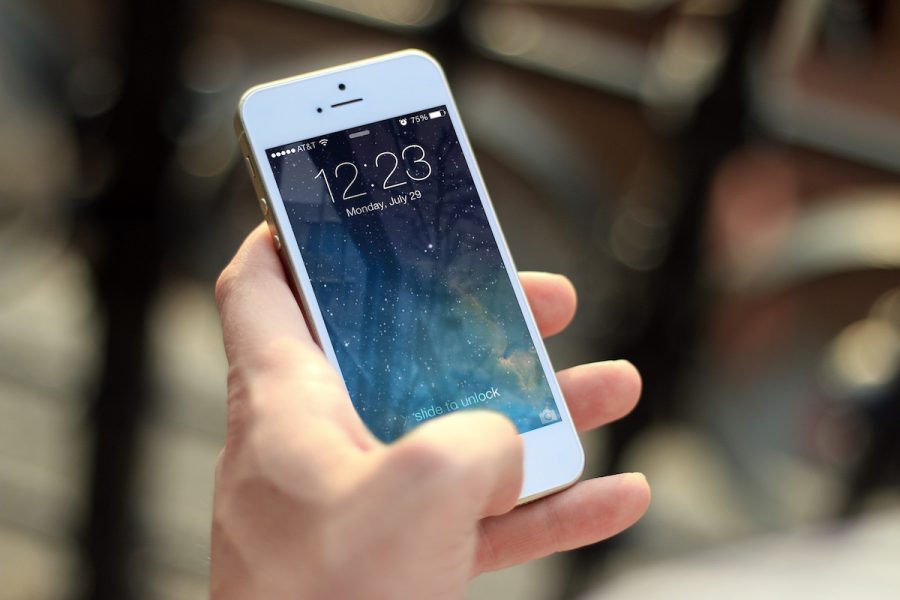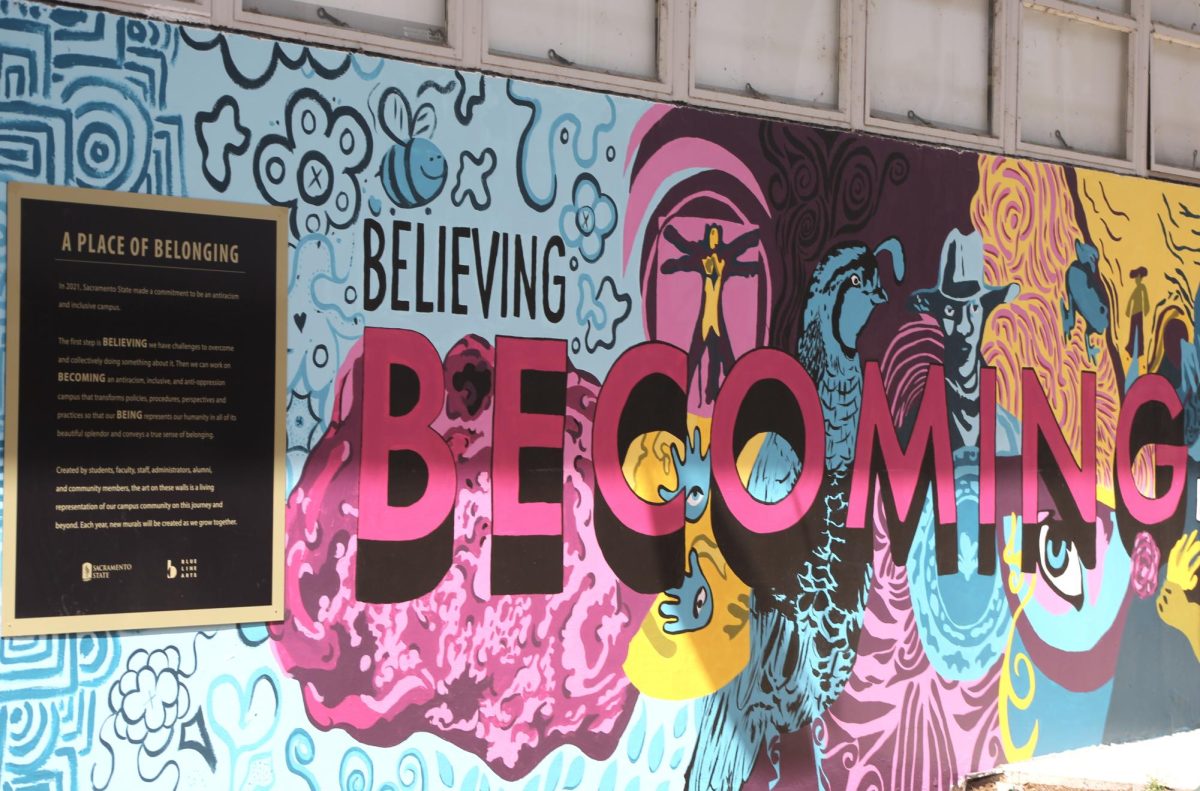The lights are dimmed just right. The microphones are all leveled perfectly. The laptop PCs are queued up and running those end-of-the-year numbers in stunning clarity on that ultra-high lumen projector. The show has been running smoothly all day, and I can kick back, sip my ice-cold Diet Coke and take pride in another job well done. That is, of course, until a last-minute speaker comes along and hits me with that silver bullet: The MacBook.
I carefully and quietly—as not to interrupt the current speaker—proceed to connect the device. Of course, being a Mac, I have to use an Apple-made dongle to convert their proprietary display connector into something that standard LCD projectors can read. I reach around the video switcher, pull the extra video cable, connect the dongle and plug it into the Mac.
The main screen goes black.
Right in the middle of an important business meeting—one my crew and I spent four hours setting up the day before—the video switcher just decides to stop working as some kind of protest to the violation I committed by simply plugging this thing in.
This story is hardly unique within my 14 years working as an audio-video technician. That dongle had created more problems for me than I can even begin to recall, so when I heard about the iPhone 7’s lack of a headphone jack, I was left asking myself the same question I asked in my younger days as a cable jockey: Why does Apple have to constantly buck the standard?
The short answer is Apple has made a name for itself by being different. It was even their slogan to “think different” during the late 90s; a time seen as the advent of Apple as the cultural juggernaut we all know today.
Apple’s ambitions couldn’t have taken off like they did if the company didn’t find success with them, however. Apple is just as much our creation as it is the late Steve Job’s. Money speaks loudest in the corporate world, and every time we purchase a new Apple product, we are supporting their message.
That’s not necessarily a bad thing though. Apple had successfully changed the way we communicate with one another when they released the original iPhone back in 2007, or how we listen to music with the release of the iPod back in 2001. It’s hard to imagine a world without the innovations these products provided.
For all the times in my audio-video career I had to work around a client’s preference for Macintosh, it was clear this wasn’t just some fad. Apple has—for better or worse—taken over the world. As forward thinking as the company is, however, we need to remember they aren’t perfect. The burden is just as much on us when they make questionable decisions because we are the ones fronting the cash. It’s OK to not buy that new iPhone if you can’t live without a headphone jack.
Apple will just need to think different next time.



































































































































